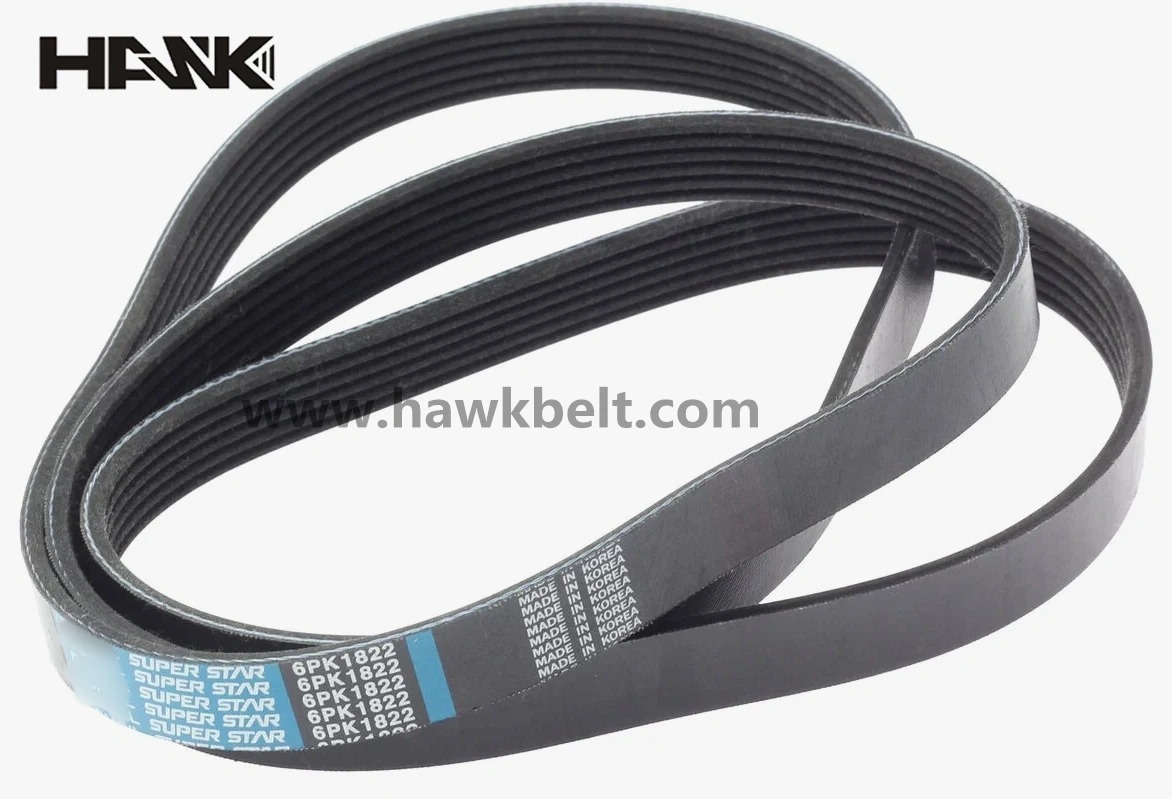- Arabic
- French
- Russian
- Spanish
- Portuguese
- Turkish
- Armenian
- English
- Albanian
- Amharic
- Azerbaijani
- Basque
- Belarusian
- Bengali
- Bosnian
- Bulgarian
- Catalan
- Cebuano
- Corsican
- Croatian
- Czech
- Danish
- Dutch
- Afrikaans
- Esperanto
- Estonian
- Finnish
- Frisian
- Galician
- Georgian
- German
- Greek
- Gujarati
- Haitian Creole
- hausa
- hawaiian
- Hebrew
- Hindi
- Miao
- Hungarian
- Icelandic
- igbo
- Indonesian
- irish
- Italian
- Japanese
- Javanese
- Kannada
- kazakh
- Khmer
- Rwandese
- Korean
- Kurdish
- Kyrgyz
- Lao
- Latin
- Latvian
- Lithuanian
- Luxembourgish
- Macedonian
- Malgashi
- Malay
- Malayalam
- Maltese
- Maori
- Marathi
- Mongolian
- Myanmar
- Nepali
- Norwegian
- Norwegian
- Occitan
- Pashto
- Persian
- Polish
- Punjabi
- Romanian
- Samoan
- Scottish Gaelic
- Serbian
- Sesotho
- Shona
- Sindhi
- Sinhala
- Slovak
- Slovenian
- Somali
- Sundanese
- Swahili
- Swedish
- Tagalog
- Tajik
- Tamil
- Tatar
- Telugu
- Thai
- Turkmen
- Ukrainian
- Urdu
- Uighur
- Uzbek
- Vietnamese
- Welsh
- Bantu
- Yiddish
- Yoruba
- Zulu
Dec . 11, 2024 10:14 Back to list
Fan Belt Replacement for Trucks and Maintenance Tips for Longevity
The Essential Role of the Fan Belt in Trucks A Comprehensive Overview
In the world of automotive engineering, every component plays a critical role in ensuring optimal performance, and the fan belt—commonly referred to as the serpentine belt in many modern trucks—is no exception. This seemingly simple rubber strip is vital to the functioning of various systems within a truck, impacting everything from engine cooling to accessory operation. Understanding its purpose, maintenance, and potential issues is essential for truck owners and operators.
Understanding the Function of the Fan Belt
The fan belt is a part of the vehicle’s accessory drive system. Typically, it connects the engine’s crankshaft to several accessories, including the alternator, power steering pump, water pump, and air conditioning compressor. Its primary role is to facilitate the transfer of power generated by the engine to these essential components, ensuring that they operate effectively.
One of the most critical functions of the fan belt is its role in cooling the engine. The water pump, which circulates coolant throughout the engine, is often driven by the fan belt. As the truck operates, the fan belt enables the water pump to function continuously, helping maintain optimal operating temperatures and preventing overheating.
Importance of Maintenance
Like any other component, the fan belt requires regular maintenance to ensure it remains in good working order. Over time, exposure to heat, friction, and environmental elements can lead to wear and tear. Common signs of a worn fan belt include cracking, fraying, or a squealing noise when the engine is running. If left unchecked, a deteriorated fan belt can lead to complete failure, which may cause significant engine damage or a breakdown on the road.
fan belt truck

To avoid these issues, truck owners should conduct routine visual inspections of the fan belt. In addition to checking for visible damage, it is also advisable to periodically check the tension of the belt. A properly tensioned belt should feel firm but not overly tight. Many automotive experts recommend replacing the fan belt every 60,000 to 100,000 miles, although this can vary based on the specific make and model of the truck.
Troubleshooting Common Fan Belt Issues
While preventive maintenance is key, understanding how to troubleshoot fan belt issues can save time and money in case of a malfunction. If a truck exhibits symptoms such as an overheating engine, malfunctioning accessories, or unusual noises, the fan belt may be the culprit.
A simple check can reveal if the belt has slipped or become excessively loose. In some cases, a tensioner may need adjustment, or the belt itself may require replacement. Additionally, if the belt shows signs of glazing—where it appears shiny and smooth—this can indicate excessive wear due to overheating or misalignment, warranting immediate attention.
Conclusion
The fan belt in a truck may not be the most glamorous component, but its role is undeniably vital. By enabling the seamless operation of key engine systems, it helps maintain performance, efficiency, and safety. For truck owners and operators, understanding the importance of proper fan belt maintenance and being proactive about inspections can go a long way in preventing costly repairs and ensuring reliable vehicle operation.
Regular maintenance and prompt attention to any emerging issues can help prolong the lifespan of the fan belt and contribute to the overall longevity of the truck itself. It is essential to recognize that every part, no matter how small, plays an integral role in the complex machinery that keeps us moving down the road. Thus, the humble fan belt is a reminder of the intricate design and engineering that underpin modern transportation.
-
Upgrade Power Steering Pump Belt for Smooth, Quiet Operation
NewsAug.27,2025
-
Precision Timing Belt & Chain: Engine Performance & Durability
NewsAug.26,2025
-
Precision Lathe Drive Belts: Durable & Reliable Performance
NewsAug.25,2025
-
84.5 Serpentine Belt: Durable & Precision Fit for Your Engine
NewsAug.24,2025
-
Premium Ribbed Drive Belts for Quiet Power Transmission
NewsAug.23,2025
-
High-Performance Vehicle Timing Belt for Engine Precision
NewsAug.22,2025

